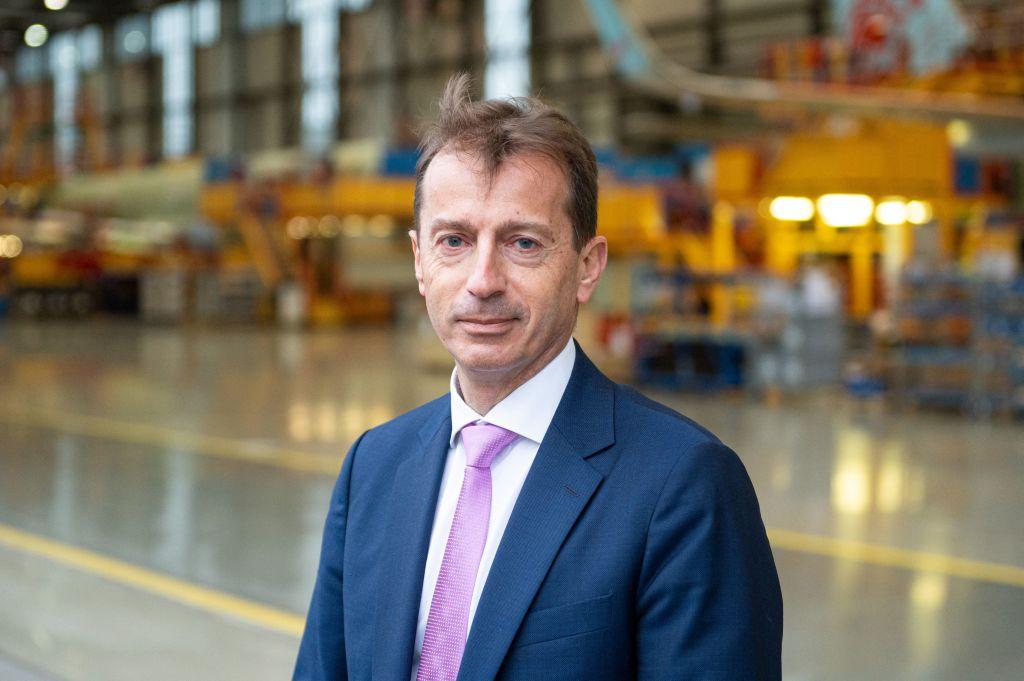Faury Sees Renewed Widebody Demand, Sticks To Narrowbody Production Target

Credit: Daniel Reinhardt/AFP/Getty Images
Airbus is seeing early signs in the recovery of demand for long-haul aircraft and “may start the widebody [production] ramp-up earlier than we thought,” CEO Guillaume Faury tells Aviation Week. “We just started to see at the IATA [annual general assembly] airlines looking at widebodies,” Faury says...
Subscription Required
This content requires a subscription to one of the Aviation Week Intelligence Network (AWIN) bundles.
Schedule a demo today to find out how you can access this content and similar content related to your area of the global aviation industry.
Already an AWIN subscriber? Login
Did you know? Aviation Week has won top honors multiple times in the Jesse H. Neal National Business Journalism Awards, the business-to-business media equivalent of the Pulitzer Prizes.

